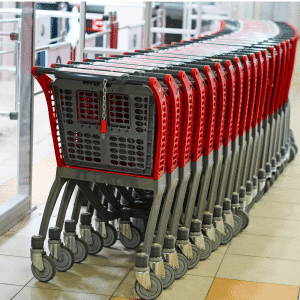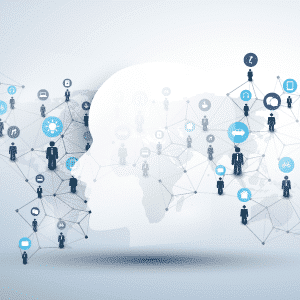Blog
-

2024 Threat Intelligence Report
The past year has brought unprecedented advancements in the realm of threat intelligence — chief among them being the emergence of generative AI (GenAI), which has the potential to reshape the threat intelligence domain across the board, from the way that threat data is processed, to the way that cyber threats are understood and mitigated….
-

Meet Us At ISS Dubai 2024
Cognyte is excited to announce that we will attend ISS Dubai 2024. This exciting event is billed as the world’s largest gathering of professionals from law enforcement, intelligence and national security organizations, as well as from financial intelligence units and telecom operators. Here are a few of the technology domains that are expected to…
-

What is Criminal Investigative Analysis?
Criminal Investigative Analysis Criminal investigative analysis, also known as criminal profiling, is a technique used by law enforcement agencies to identify the characteristics of an unknown criminal offender based on data collected in the course of the investigation as well as evidence left at the crime scene. The technique has been used since the 19th…
-

Combatting Organized Retail Crime with Decision Intelligence
Organized retail crime has become a nationwide epidemic in the United States, costing retailers an estimated $112 billion in 20221. Criminals have become more brazen, with some resorting to violence and endangering both customers and store employees. Beyond the immediate impact on retailers, organized retail crime has broader societal consequences, as retail crime networks often…
-

The Benefits of Using
Big Data in Law EnforcementHarnessing Decision Intelligence for Enhanced Collaboration between Investigative Analysts and Law Enforcement Agents Effective collaboration between investigative analysts and law enforcement agents is a proven driver of better investigative results. Today’s decision intelligence and data analytics technologies place a wide range of collaborative tools within reach. But the technology on its own isn’t enough. Without…
-

Fighting Love Scams with Decision Intelligence
Online dating sites and apps have been popular for many years, and as more people are searching for love, more criminals are taking advantage of lonely victims. Fraudsters find victims on dating sites or social media platforms, luring them with flattery and false promises. This troubling trend has become prolific, with the US Federal Trade…
-

Keeping up With Financial Investigations in the Crypto Age
The strategies of criminals and terrorists are constantly evolving, employing new techniques and technologies to commit crimes and stay one step ahead of law enforcement and security organizations. The blockchain has presented a valuable opportunity for dark actors to make countless types of anonymous cryptocurrency transactions, ranging from drug trafficking to money laundering to terror…
-

Visit Cognyte at Salon Milipol Paris 2023
Cognyte is thrilled to announce that we will attend Milipol Paris 2023! This exciting event is the leading conference dedicated to homeland security, defense, and public safety and this year is expected to host over 30,000 visitors and 1,000 exhibitors. Let’s look at a few of the advanced technology domains that security, military, and law…
-

Sanctions Evasion with Crypto – How Law Enforcement Can Stop it
What can law enforcement and government agencies do to uncover the identities of individuals circumventing sanctions with crypto? Sanctions are a key tool for governments to protect their interests and enforce international norms of behavior. Sanctions are often financial in nature, including capital restraints, asset freezes and trade restrictions, but can also include travel bans…
-

Evolution of Criminal Case Selection
From the Future Case in the “Bottom Drawer” to Decision Intelligence In the archives of the US Internal Revenue Service Criminal Investigation (IRS-CI) history, the image of a seasoned criminal investigator stashing away a file in the metaphorical “bottom drawer” is iconic. While rooted in practicality, this practice is symbolic of a bygone era when…
More results...